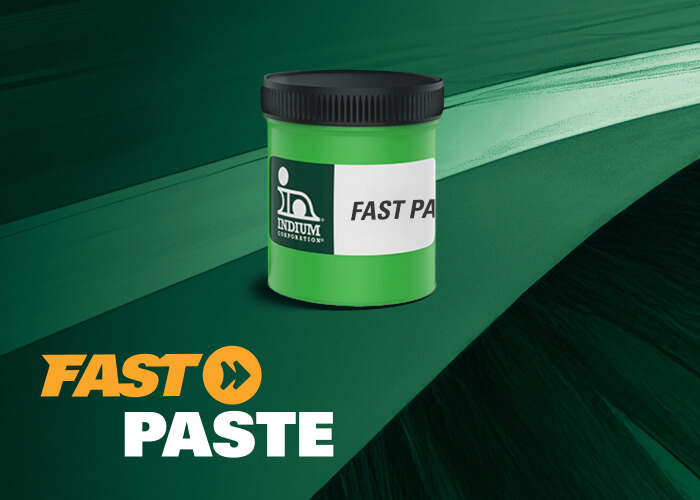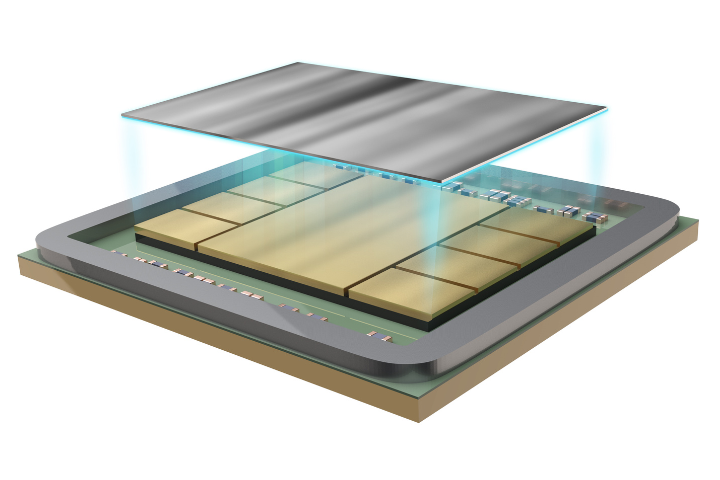We are often asked if it is possible to solder to stainless steel and, if so, what is the best procedure.As you may already know, stainless steel is not easy to solder but it can be done with a little preparation and using the correct flux and solder alloy.
FLUX:
To solder directly to stainless steel, Indalloy #2 Flux (activation range 100-371°C) must be used to remove the surface oxides, allowing a clean surface for the solder to wet.This flux is recommended for mechanical assembly joining only.Due to the corrosiveness, it is not recommend for electrical applications because, if the post reflow flux residue is not thoroughly removed using warm water with mechanical scrubbing, the joint will be compromised due to the potential for corrosion during its life.An alternate solution would be to nickel plate the stainless steel, so a weaker flux (RA, ROL1) can be used that is less corrosive and can be easily removed with an appropriate solvent.
Another alternate solution is to use a forming gas consisting of nitrogen and hydrogen.This method of oxide removal is generally used when the soldering temperature can be above 350°C which is ideal for activating the hydrogen to reduce the oxides.With this method, there is no post-reflow flux residue to clean up.
SOLDER:
The solders usually recommended for stainless steel joining applications contain a considerable amount of tin; however, the actual solder choice has to fit the temperature range of the application.Generally, a low-temperature application may require Indalloy #1E (52In,48Sn) – 118°C (eutectic), while Indalloy #182 (80Au,20Sn)- 280°C (also eutectic) is a great solder choice for high temperature.If you are looking for a solder in the moderate range of temperatures, Indalloy #121 (96.5Sn, 3.5Ag); 221°C (eutectic) is an excellent choice as well as any of the SAC alloys in the same temperature range.There are also many other solders to choose from that will work equally as well.Please see our solder alloy physical properties chart or consult our Applications Engineering staff at Indium Corporation.



